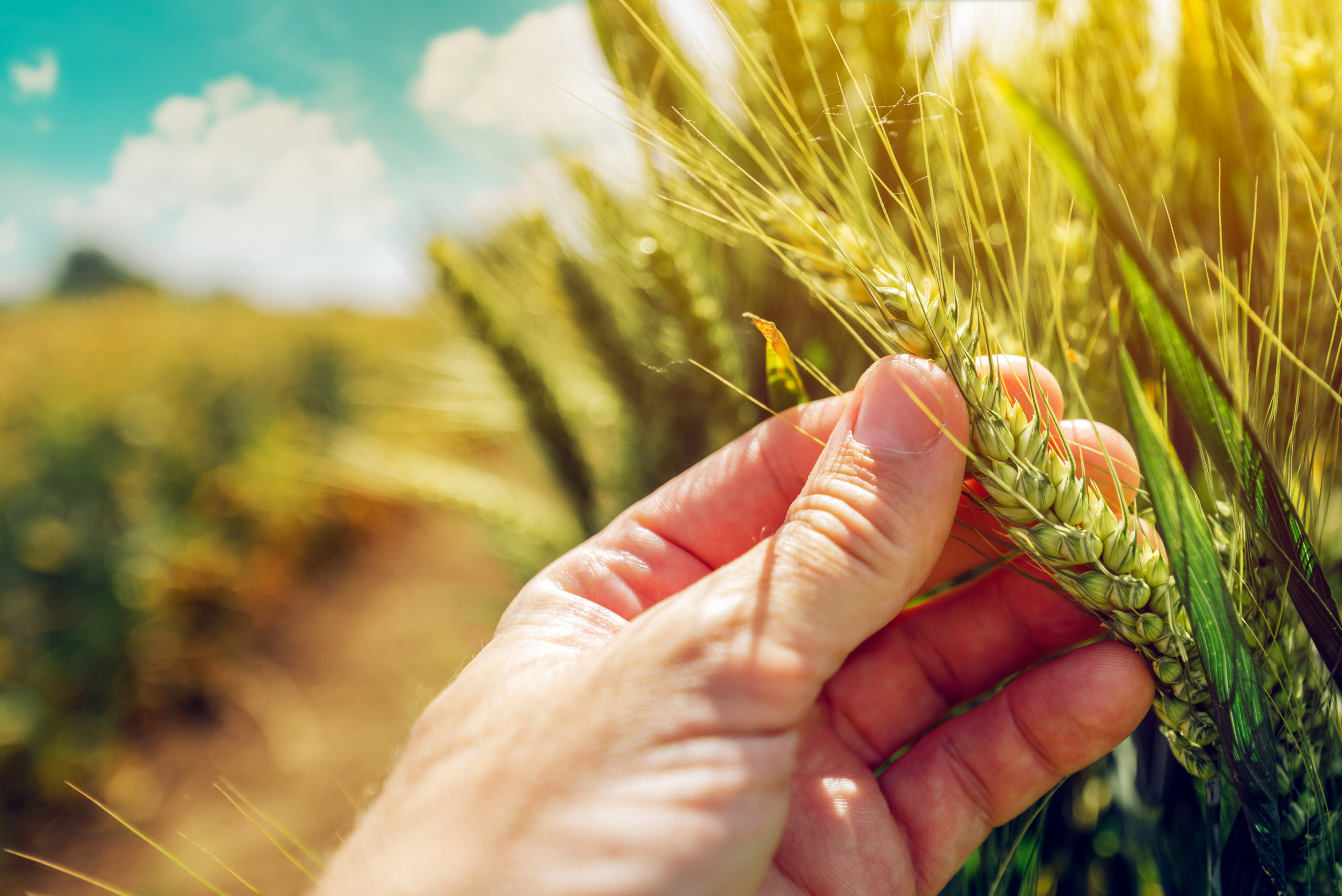By Libby Rens, PhD
Chloride is an essential plant nutrient that contributes to photosynthesis and crop productivity. Muriate of Potash (MOP) is the most commonly used potassium and chloride fertilizer worldwide. The MOP at Intrepid Potash is the only OMRI-listed MOP produced in the US and approved for organic production, and Intrepid Potash’s solar evaporation process is one of the most environmentally friendly production methods for potash. While the benefits of potassium in MOP is widely discussed, what value does the chloride bring to the crop?
1. Chloride is an Essential Plant Nutrient
Chloride is one of the 17 essential nutrients all plants need in order to grow, have productive yields, and reproduce. The ‘essential’ designation comes from chloride’s necessity in photosynthesis, specifically photosystem II where water molecules are split in order to fuel the system with more electrons. The splitting of water is one of the most important reactions on the planet, as it is the source of nearly all the atmosphere’s oxygen!
2. Deficiency in Chloride Reduces Plant Productivity

Chloride deficiency can reduce photosynthetic area by causing leaf bronzing or dappled chlorotic spots, prominently seen in wheat. Another symptom of chloride deficiency is wilting due to a restricted and highly branched root system with stubby tips. Chlorosis, wilting, and restricted root systems all lead to reduced plant productivity and potential yields.
3. Chloride Helps Regulate Cell Hydration
Electrolytes in beverages like Gatorade lead to cellular hydration in athletes. It’s very similar in plants! Chloride, like potassium, helps with water regulation in plant cells leading to productive cells. Cellular hydration and turgidity of guard cells from proper plant nutrition also cause stomata to open, allowing CO2 into leaves to trigger photosynthesis and carbohydrate production.
4. Select Crops can be Sensitive to High Chloride Concentrations
Some specialty crops are sensitive to chloride. Sensitivity varies across crops, and there is a range from ‘chloride loving’ (wheat, sugar beet, cereals, cabbage) to ‘sensitive’ (flowers, citrus, tobacco). In these cases, use Intrepid Trio® which provides plant-essential low-chloride potassium in addition to the macronutrients magnesium and sulfate.
5. Chloride Leaches in Well Drained Soils
Chloride is an anion (negatively charged), so it isn’t held by the soil’s cation exchange sites. Instead, chloride is dissolved in the soil solution, so when water is flowing through the soil profile, chloride moves along with it and out of the root-zone which can lead to deficiency.
6. Chloride is Especially Limited in Areas Far from the Sea
Along the shoreline, chloride is often deposited from ocean water via rainfall. Farther inland, however, chloride is generally deficient as less is deposited, and rainfall leads to chloride leaching and runoff. Supplementation of chloride is especially important in these areas.
7. Chloride (Cl–) is Different from Chlorine (Cl2)
The terms chlorine and chloride are commonly confused. Chlorine (Cl2) is a highly reactive and toxic chemical that you use in a swimming pool or to sanitize counter tops. Whereas chloride (Cl–) is an essential plant nutrient discussed here.
8. Chloride can Help Deter Plant Diseases
Reduction in plant disease from proper chloride fertilization has been shown in several crops including corn, millet, wheat, and barley. Chloride nutrition suppresses take-all root rot, tan spot, stripe rust, leaf rust, and Septoria.
9. Chloride Nutrition can Increase Yield
In research done by Kansas State University, adding 20 lbs of chloride increased yields by 4.1 bu/ac for winter wheat, 4.5 bu/ac for corn, and 9.7 bu/ac for grain sorghum. The Kansas State University soil testing lab recommends application of 20 lbs of chloride per acre to grain crops when soil test levels in the top two feet is less than 30 lbs of chloride per acre.
10. The Most Common Chloride Source is in MOP 0-0-60
Intrepid Potash, Muriate of Potash, MOP, and 0-0-60 are all terms to describe Potassium Chloride (KCl) which is the most common and readily available source of both potassium and chloride. For crops with chloride sensitivity, Intrepid Trio® is a great low-chloride potassium alternative, and it also includes immediately available magnesium and sulfate.

